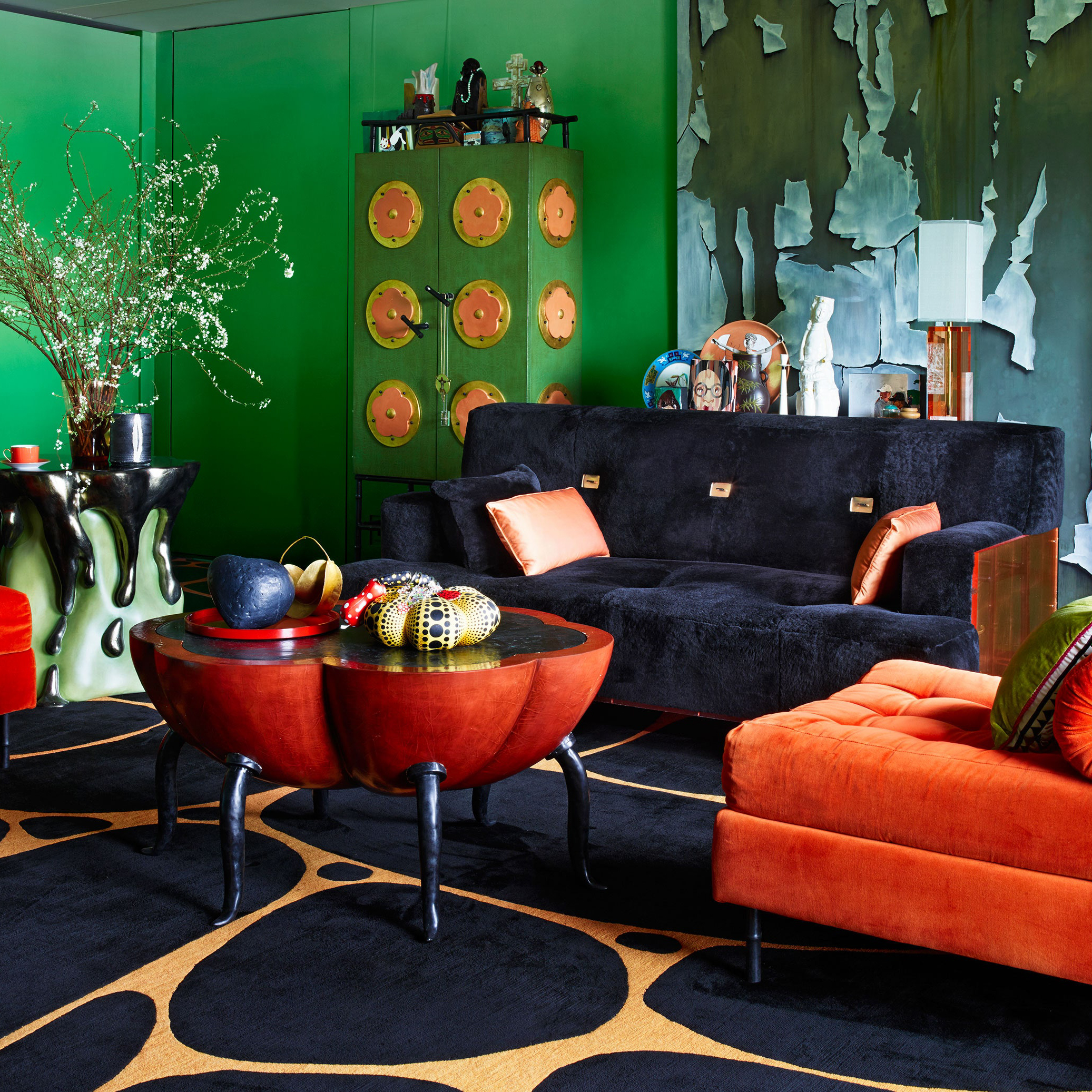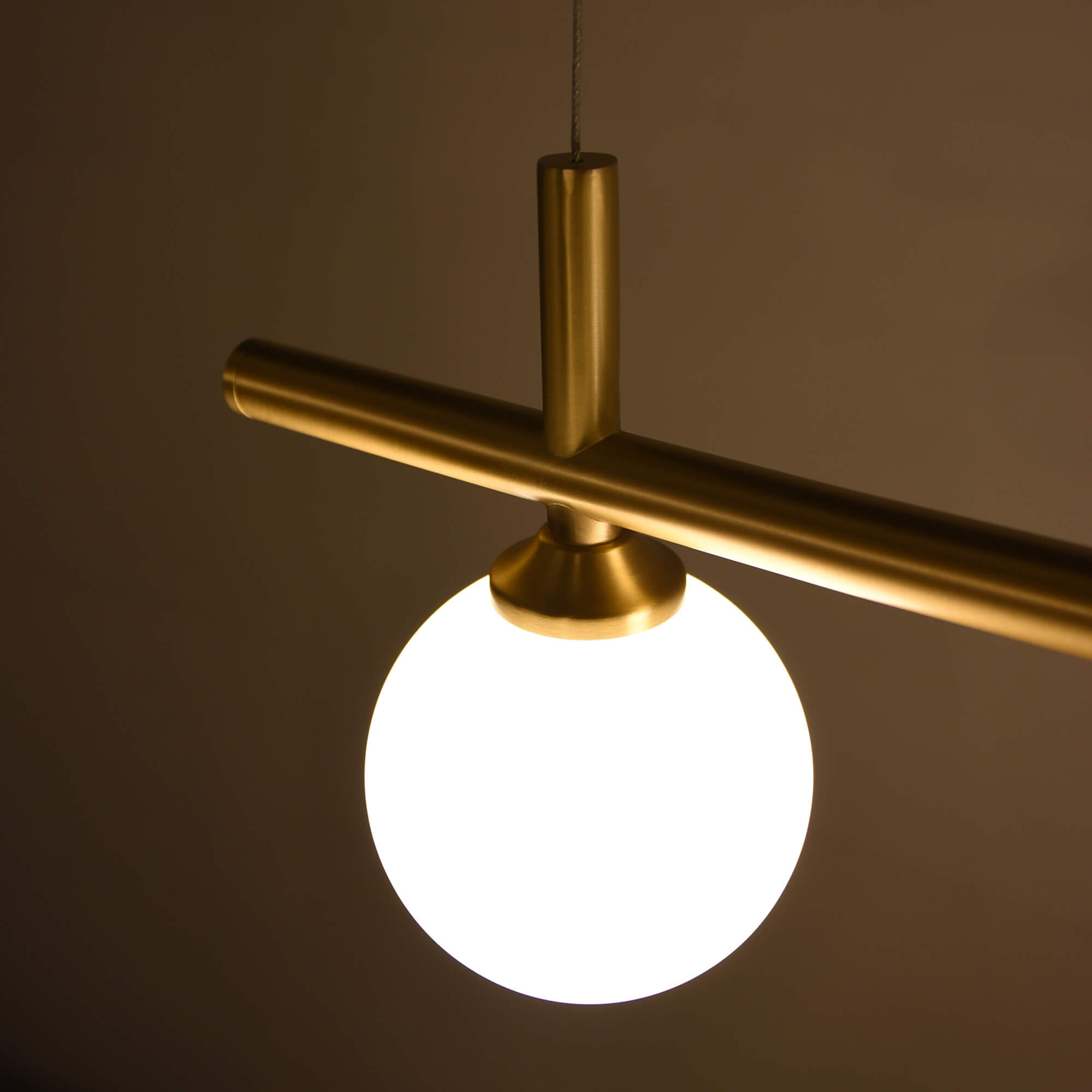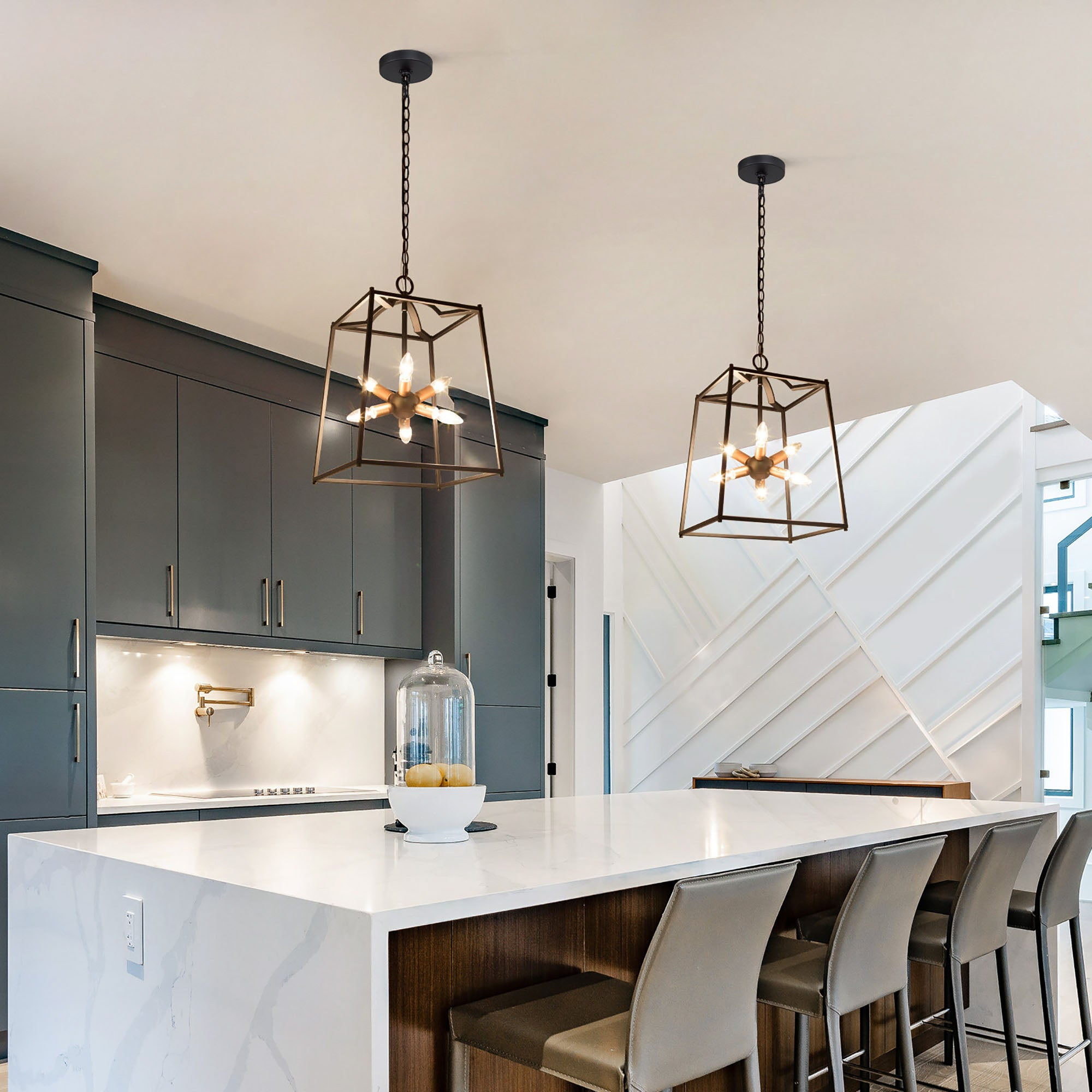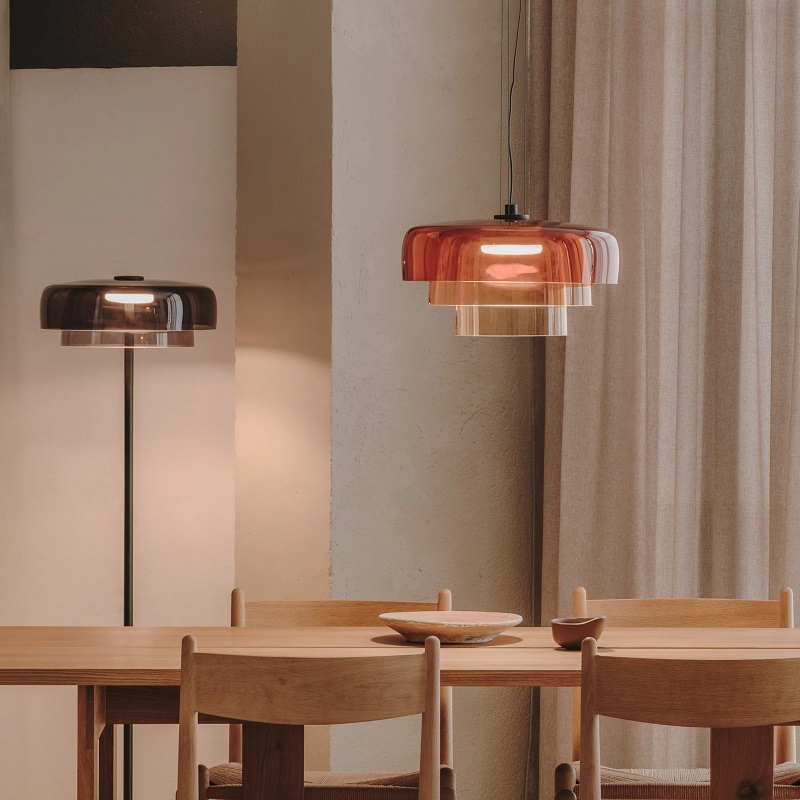Plaster lustre is a decorative technique that has been used for centuries to create stunning and intricate designs on walls and ceilings. Lustre en platre, known in English as plaster lustre or luster, is a French term that refers to the use of metallic powders such as gold, silver or copper, to create a luminous finish on the surface of the plaster. In this article, we will explore the history and techniques of lustre en platre, as well as its contemporary applications.
History of Lustre en Platre
The use of plaster as a decorative material dates back to ancient times. The Egyptians, Greeks, and Romans all used plaster to create intricate designs on their buildings. The technique of adding metallic powders to the surface of plaster to create a lustrous finish emerged in Europe in the 16th century. Initially, gold and silver were used for this purpose, but over time, other metallic powders such as copper, bronze, and aluminum were also utilized.
The popularity of lustre en platre continued to grow during the Renaissance, and it became one of the most prominent decorative techniques of the Baroque and Rococo periods. European aristocracy and royalty employed plaster lustre to create luxurious and ornate interiors in their homes and palaces. The technique remained popular throughout the 18th and 19th centuries, but with the advent of new materials such as wallpaper and metal foils, it began to lose popularity.
Techniques of Lustre en Platre
The technique of lustre en platre involves several stages. Firstly, the plaster must be applied to the surface of the wall or ceiling. Once the plaster has set, a layer of size is applied, which is typically made from glue or varnish. The size acts as an adhesive for the metallic powder, allowing it to adhere to the surface of the plaster.
The metallic powders are applied to the surface of the size, using a variety of techniques. The most common technique is to brush or stencil the metallic powder onto the surface of the plaster. More intricate designs can be created by using a sprayer or airbrush to apply the powder in a more controlled manner.
Once the metallic powder has been applied, the surface is polished to create a glossy, lustrous finish. This can be done using a variety of tools, including brushes, sponges, and polishing pads. It is important to note that the final finish is dependent on the quality of the plaster and the skill of the artisan.
Contemporary Applications
Whilst lustre en platre may have lost popularity in the 20th century, it is experiencing a revival in the 21st century. The technique is now used not only in the restoration of historic buildings but also in contemporary interiors. Lustre en platre can be used to create a range of effects, from subtle hints of metallic sheen to bold, brightly colored finishes.
One of the advantages of lustre en platre is its flexibility. The metallic powders can be used to create a range of different effects, from distressed or antique finishes to modern, shiny surfaces. The technique is also environmentally friendly, as plaster is a natural material that is non-toxic and does not emit harmful fumes.
Lustre en platre is a beautiful and complex decorative technique that has a rich history and a promising future. Its ability to create stunning finishes using natural materials makes it an attractive option for those looking to add a touch of elegance and opulence to their interiors. As with any artisanal technique, it requires skill and expertise to achieve the desired results, but the end result is a unique and timeless finish that is sure to impress.




